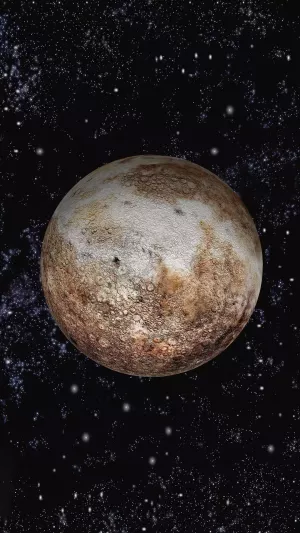Venus is similar in size to Earth and accounts for 80% of Earth's mass. Venus is the second planet from the sun. Venus is often referred to as the morning star because it produces the greatest reflections of sunlight during Earth's sunrise and sunset. Unlike Earth, Venus does not have any moons, and its rotation sidereal days are longer than a year.
Venus was discovered 3,600 years ago
Humans have been fascinated by Venus since the dawn of astronomy. Venus is very close to Earth, which means it is the second brightest object in the night sky after the moon. Therefore, the existence of Venus was recognized a long time ago. The Babylonians were the first to discover Venus, and they had records of Venus as early as around the 17th century BC.
Venus atmosphere
The atmosphere of Venus is very thick, its surface pressure is more than 90 times that of Earth, and it is mainly composed of sulfur dioxide, carbon dioxide and trace amounts of nitrogen. These greenhouse gases are so influential that the average temperature on the surface of Venus is nearly 860°F. The atmosphere of Venus produces lightning effects. Venus has almost no water vapor on its surface, but it rains sulfuric acid.
Venus size
Venus is similar in size to Earth, so it is often referred to as Earth's sister star. The average size of Venus is about 6051.8 kilometers, and the Earth is about 6371 kilometers.
Surface of Venus
Plate tectonics, or plate movement, appears to have stopped on Venus, which has more than a hundred volcanoes on its surface surrounded by solidified lava flows. There are more than a thousand impact craters on the surface of Venus. The hard rock on the surface of Venus is resistant to wind erosion, and although its atmosphere is corrosive, it does not have the erosion of water and rain on Earth. This means that the impact craters on the surface of Venus are less weathered and remain pristine.
Rotation of Venus
Venus spins in the opposite direction to its orbit around the sun. This means that, on Venus, the sun rises in the west. This is a rare occurrence - of all the planets, only Venus and Uranus are retrograde. Furthermore, we still don't fully understand what caused this. Some theories suggest that Venus is actually spinning normally, but its axis of rotation is flipped 180 degrees. Other theories believe that Venus will eventually slow down, stop, and start spinning in the opposite direction.
Environment of venus
Because of the thicker atmosphere and clouds, it was difficult to know at first what was really going on on Venus. Some speculate that it may have oceans, a favorable tropical climate, and possibly even life. It wasn't until a country launched the first spacecraft capable of peering through thick clouds that we discovered just how bad conditions were on Venus's surface. For example, a spacecraft that was sent to Mars can run continuously for several months, and a lander sent to Venus can only run for two hours.





